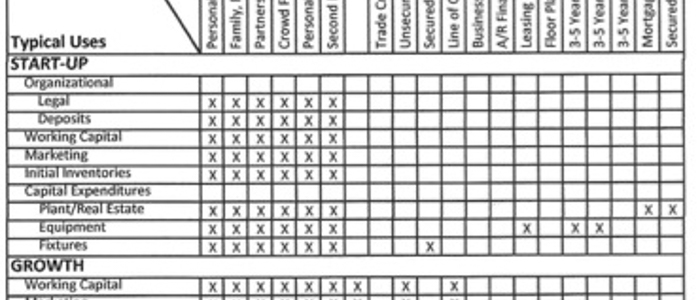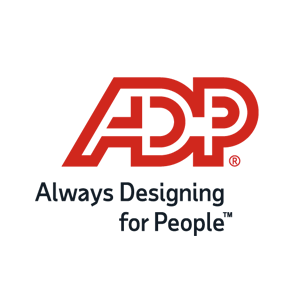Small Business Financing: How to Align Your Funding Sources With Your Funding Needs

This article was updated on September 12, 2018.
Welcome to the second post in our series: "Small Business Financing: What You Need to Know." In the first post, I introduced four key questions that relate to aligning funding sources with funding needs: How much money do you need? What do you need it for? Where will you get it? And how will you pay it back? In this segment, I will be more specific about how you should address each of these questions.
Different stages of development will typically result in different funding sources and needs. For example, it would be a mistake for you to use short-term financing to support your long-term needs. After all, doing so would unnecessarily accelerate repayment and negatively impact your cash flow.
To avoid this scenario and other potentially costly mistakes, you should start by considering how much money you're looking to spend:
Aligning Your Spending With ROI
It's a popular notion that business start-up and growth requires external sources of financing. While it's a serious mistake to start out with insufficient financing, it's important to question exactly what is essential to support venture development and growth. Here are four ways to minimize spending while maximizing ROI:
- Postpone spending: Do you need to incur the expense now or can you wait until the business generates more cash flow?
- Outsource: Do you really need to buy a delivery van (or a piece of manufacturing equipment), or can you outsource the work to another provider?
- Used versus new: Do you have to use new equipment? With a restaurant, for example, there are plenty of sources of quality, secondhand items.
- Shared facilities: Today's sharing economy offers cost-effective options for sharing office space, equipment, commercial kitchen space and even R&D facilities.
Once you have determined that you have optimized your existing working capital capacity and are ready to pursue other sources, the next step is for you to map out a funding strategy that aligns the appropriate funding source with the funding need.
Mapping Out Your Small Business Funding Strategy
It's always wise to have a solid understanding of where you are going before you set out to get there. The same holds true with business funding. The matrix below offers a big-picture view of your funding options at various stages of operation, along with the various sources of funding that may be utilized based on your operational needs.

Worksheet: Aligning Funding Sources With Funding Needs
To leverage this tool for your own business, you should consider each item listed on the vertical axis and select the type of funding source introduced in the horizontal axis that best fits your needs.
In the next article in this small business financing series, I'll cover ways to get creative about expanding working capital. This will include how to utilize business assets to increase cash flow: the real grease that keeps the gears moving smoothly. When in doubt, consult with your own tax and/or legal professional who will be able to offer advice based on your specific circumstances.



